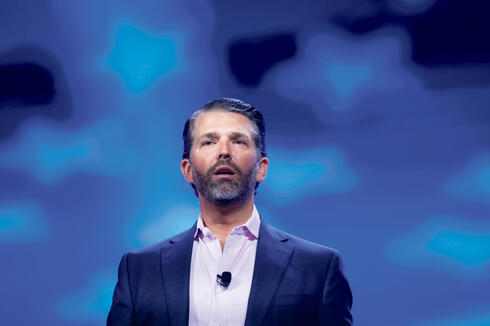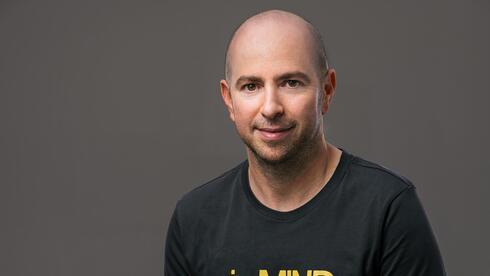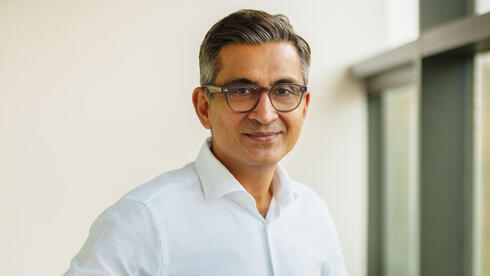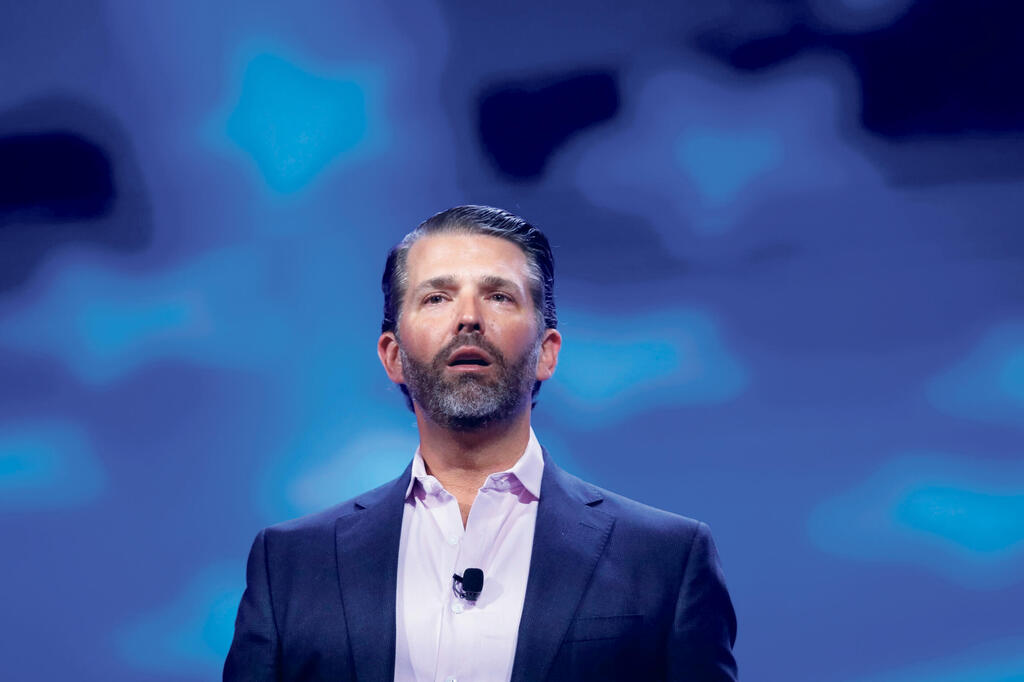
ISRAEL AT WAR
Fake news syndrome: Gaza war proves we no longer believe the news - even when it's true
Even reliable information is no longer accepted as such and the truth is once again compromised on social networks, especially when suspicious and dubious sources spread it. Donald Trump Jr.'s tweet as a test case
It can be stated with great confidence that the October 7th massacre carried out by Hamas was the most documented terrorist attack in modern history. And yet, live testimonies, filmed in many cases by Hamas operatives themselves, are not enough to convince veteran Internet users of what their eyes see. A new challenge is upon us—not the spread of fake news, but the lack of ability to believe real news.
Content filters on Facebook and TikTok, and volunteers on Twitter who are responsible for "Community Notes", a kind of alternative fact-checking mechanism created after Elon Musk fired most of the company's fact-checking team, are working these days with a unique zeal to filter truth from lies. All this is occurring while in the background another one of the biggest disinformation campaigns on social networks is going on. But this time it seems that the systems are so sensitive to fake information that, like the Israeli warning system in the north which sometimes identifies birds as drones, real information is designated as fake.
Here is one case in point: former President Donald Trump's son, Donald Trump Jr., posted a graphic video on X (formerly Twitter) in which Hamas operatives are seen executing Israeli civilians last Saturday. "There is only one way to handle this," he added to the video in which he noted "we do not negotiate with this." After a short time X volunteers attached a warning message to the video that it was an "old video and not from Israel". The video was classified as old due to what appeared to be glitches or errors (unclear if intentional or not). Whoever submitted the comment about the video being old apparently confused the time stamp on the video made according to the Persian calendar, with the Gregorian (civil) calendar. The reasoning was accepted by Twitter's mechanism and thus was labeled as problematic.
After some time another independent fact checker concluded that it was in fact an authentic video broadcast by a Gazan citizen live on Facebook on Saturday morning. It took a long time for the incident to be corrected, over a day - an eternity on the internet and social networks, and that too only following Wired magazine's exposure of the matter, and of course the damage had already been done.
1. Unlimited amounts of garbage
This is not the only case. Many social media influencers on Twitter claim that horrendous pictures from the same massacre are fake. In one particularly gruesome description, far-right media personality Ben Shapiro was accused of spreading fake photos. The pictures were real. Of course, it is no coincidence that Trump Jr. and Shapiro are immediately labeled as spreading lies, with their divisive politics they have established themselves in the general public as extreme representatives of the truth. And yet it appears that the crisis of trust is so great, that information flowing on the Internet immediately receives a defensive response. Whether these are recruitment campaigns for an affected kibbutz that pass between WhatsApp groups, or the distribution of volunteering forms on Facebook: immediately there are those who will doubt its reliability.
It is of course not surprising that war brings with it campaigns of false information. Trickery is inevitable and required in order to defeat any enemy. But what do we do when the ploys are disseminated in an environment that suffers from a deep pollution of truth?
We know that different parties on different sides have been working for years continuously and skillfully spreading fake and manipulative information to influence public opinion.
Social networks intensified an existing phenomenon, and in response various mechanisms arose to ensure the reduction of potential damage. Only recently, for example, we saw that the European Union is working aggressively with the management of social networks to remove fake information, otherwise they will be subject to high financial fines. The social networks themselves employ many content filters and use various technological tools to locate and remove content in huge amounts, and almost all of them have created alternative mechanisms for reporting content by the users. But these mechanisms operate today in an environment of deep mistrust.
It didn't really help, and the spread of information and fake news in the age of the Internet has become a veritable plague in recent years. It is a reality in which there is the ability to produce unlimited amounts of "acceptable" garbage at almost no cost, and has brought upon us what is known as the "end of the age of truth."
2. Crisis of trust and credibility
All this has corrupted the ability to distinguish between truth and lies, and between fake and authentic information. With the saturation of generative artificial intelligence tools, today this pollution looks more like an oil spill. And it is not just about harming one person, but a real systemic risk in which our factual ecosystem is so polluted with synthetic texts and quarrelsome people spreading them, that it is even more difficult to trust the reliable sources of information - even if we have found them.
In such a reality the source of information becomes the most important thing. On the one hand, we can and should identify the people who spread the misinformation, but above all, our standards for the source of knowledge must be strengthened. These seem like relatively simple problems - all that is needed is a little technological literacy or at least a certain level of skepticism towards sources (don't believe everything you read on the Internet). But this is not enough, we also have an obligation to society not to pollute the world ourselves with poor information hygiene. At the same time, there is an obligation to build trust in certain sources of information over time. If only that were enough. The unfortunate fact is that the problem is bigger than what any of us can do. Not only is it really difficult to identify reliable information sources, which causes us to cast great doubt even when only a little doubt should be cast, but some of the sources of information that are supposed to be the most reliable suffer from a crisis of credibility that they themselves have created.
First published: 14:35, 17.10.23














